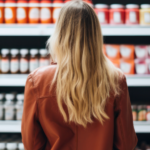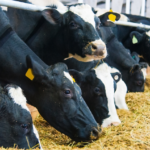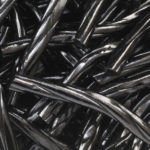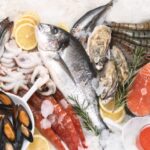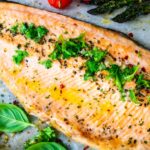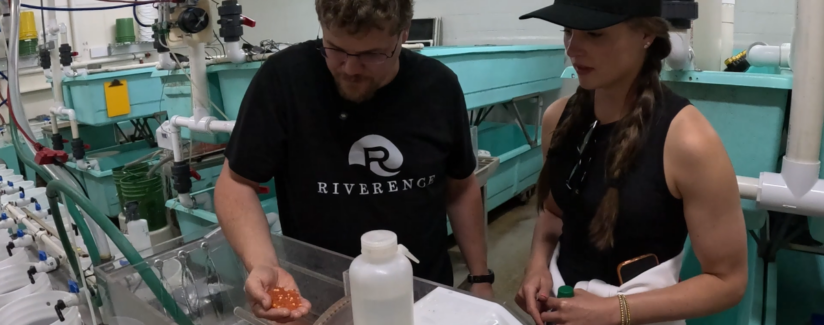
Hooked on Sustainable U.S. Aquaculture: Riverence Trout Farm
Cast aside your snorkel and flippers. This deep dive into U.S. aquaculture is virtual!
Join Best Food Facts as we tour Riverence trout farm in Idaho’s scenic Magic Valley with food blogger Courtney Paige with A Paige of Positivity. It’s part of our four-farm Hooked on Sustainable U.S. Aquaculture tour showcasing farmers’ commitment to sustainably raising home-grown, nutritious fish and seafood for the increasing number of Americans who crave it.
Let’s dive in at Riverence to see why U.S. aquaculture is making a big splash!
There’s no place like it on earth, as Courtney quickly learned during her tour. At Riverence, North America’s largest land-based trout producer, ASC-certified rainbow and steelhead trout are meticulously raised in Magic Valley’s crystal-clear Rocky Mountain spring water. It’s a sustainable cycle that produces healthy fish and protects Idaho’s waterways.
“We are a company that focuses on health, genetics, nutrition and the environment to create a great, safe, healthy fish that we distribute to just about every major metropolitan city in the United States twice a week,” said Todd English, Riverence vice president of sustainability.
What makes Riverence unique is its location. There aren’t many places in the United States with what Todd calls “such an incredible water source.”
“For approximately 40 miles here in the Magic Valley along the Snake River, water just gushes out of the hillside. It is beautiful, crystal-clear water with a 58-degree constant year-round temperature,” he said.
The same crystal-clear water you can drink straight out of the hillside is the same water in which the fish are raised.
“That’s the environment we want our fish to grow in,” said Mandi Eldridge, manager of Riverence Crystal Springs Trout Farm.
Another aspect that makes Riverence unique is that it’s a land-based farm. It uses a raceway system where spring water flows through and automatic feeders to ensure fish get proper nutrition throughout the day. Feed consists of soy, wheat, fish meal, fish oil, vitamins and nutrients.
Riverence is also a vertically integrated company – from fish egg production to distribution.
“From the egg processing or brood production to the grow-out, to the harvesting, the processing and then the distribution, we’re really traceable from egg to plate,” he said.
“Any time a company can be a part of all of those phases, it sets them up for success because they have a hand in every single one,” said Courtney.
Todd understands that consumers want to know where their food comes from. He’s proud to share the farm’s story – their meticulous care of the fish and the environment.
“They want to know that the producers have ensured that the fish that we raise have had a great healthy lifestyle,” he said. “We have a whole team that focuses on animal husbandry, nutrition, handling practices and the hygiene of the ponds. Our whole focus is really to ensure that the fish lives a good lifestyle and, quite frankly, thrives in these environments.”
Courtney’s behind-the-scenes tour gave her a new appreciation for U.S. aquaculture.
“I just got a close-up view of what I haven’t seen before. It’s very impressive,” she said. “Idaho to me is known for potatoes, but I will look at it much differently now and I think that’s really cool.”
Catch the other farms on the tour!
Rushing Waters Rainbow Trout Farm
Want to learn more? Check out the Best Food Facts aquaculture blog series!
Is Aquaculture a Sustainable Way to Produce Fish and Seafood?
How Does Aquaculture Affect Water Supplies?
Are Farm-Raised Fish and Seafood Safe to Eat?
Are Farm-Raised Fish as Nutritious as Wild-Caught Fish?
The Hooked on Sustainable U.S. Aquaculture tour was sponsored by BestFoodFacts.org and the United Soybean Board.




















